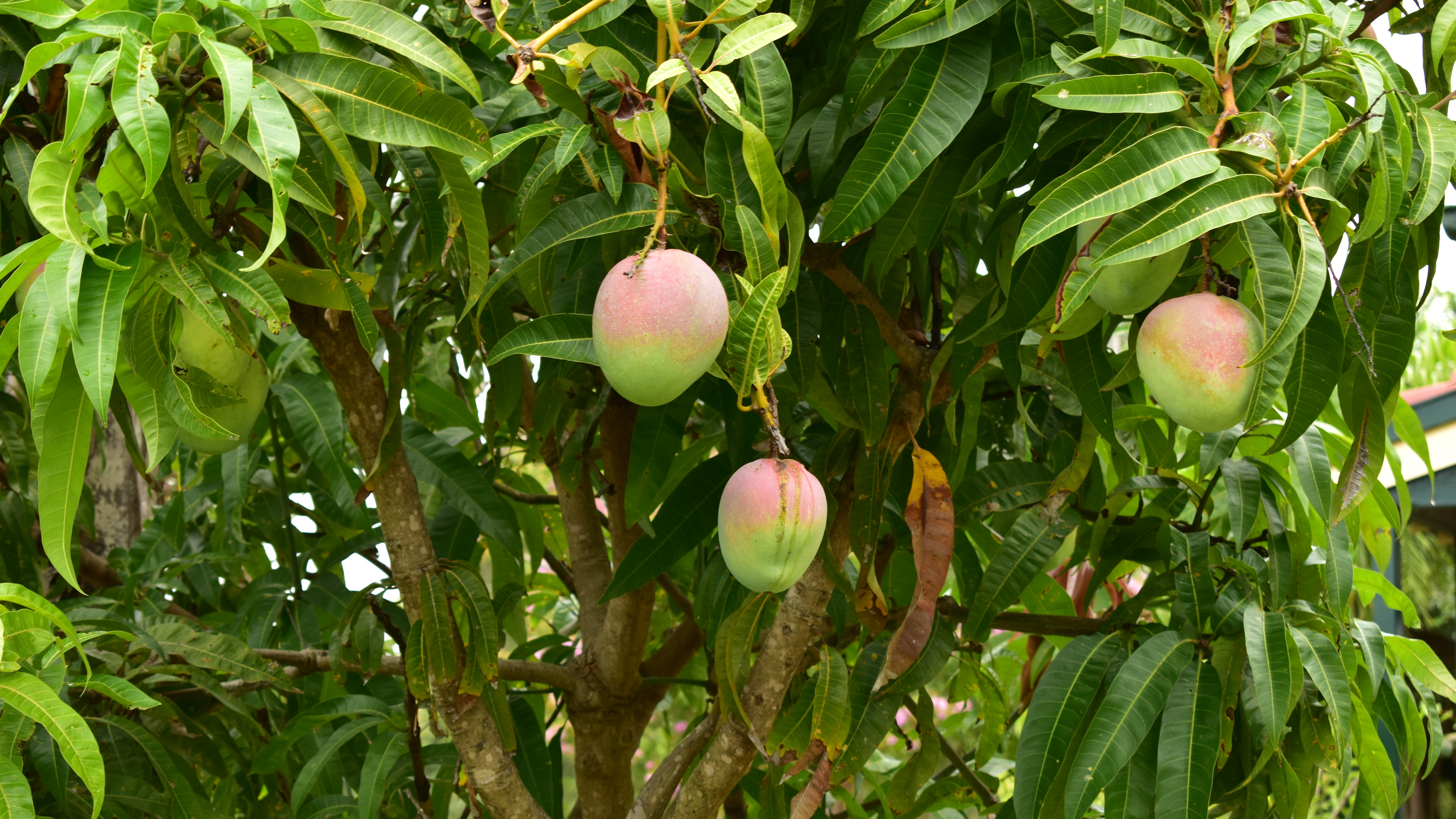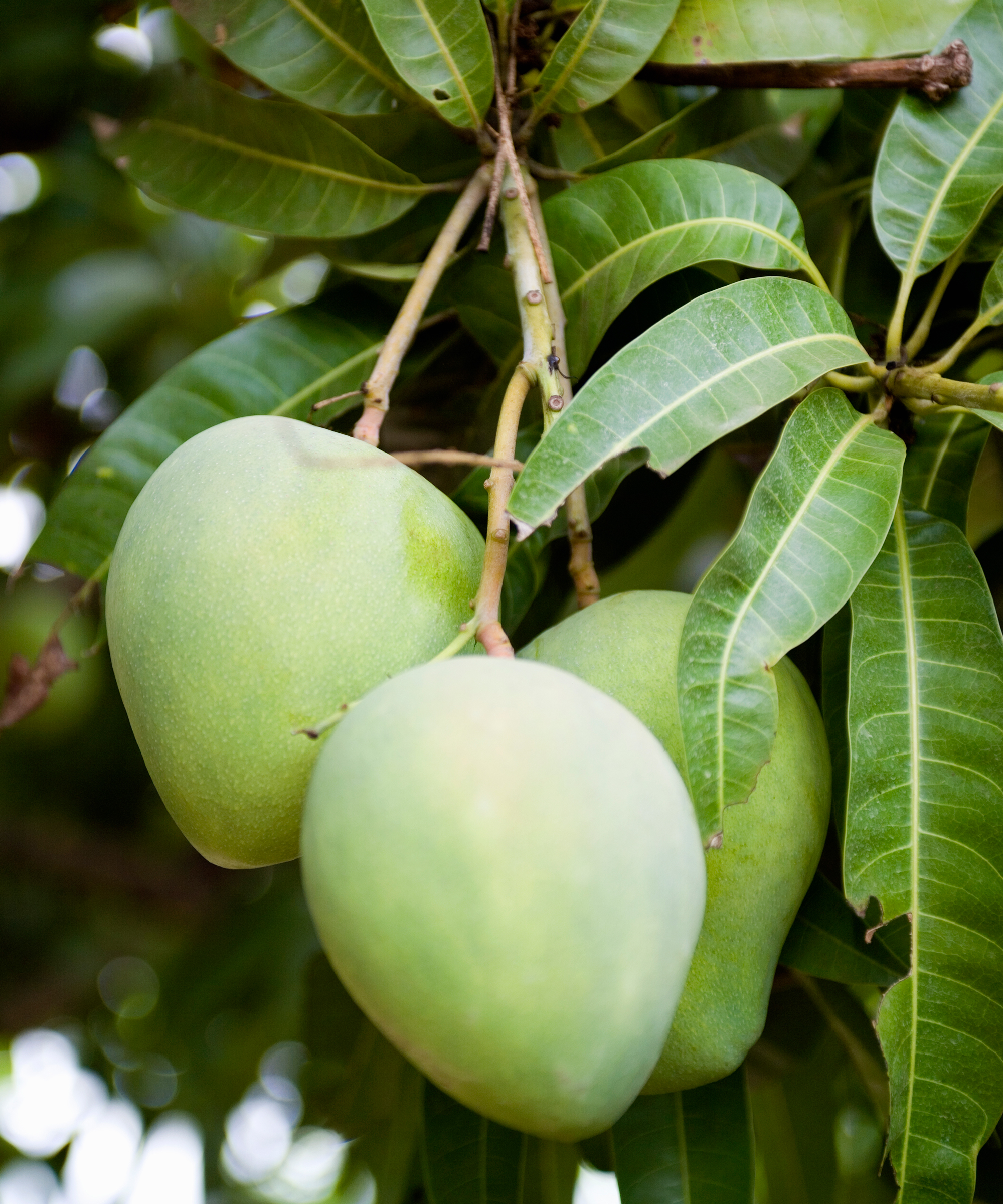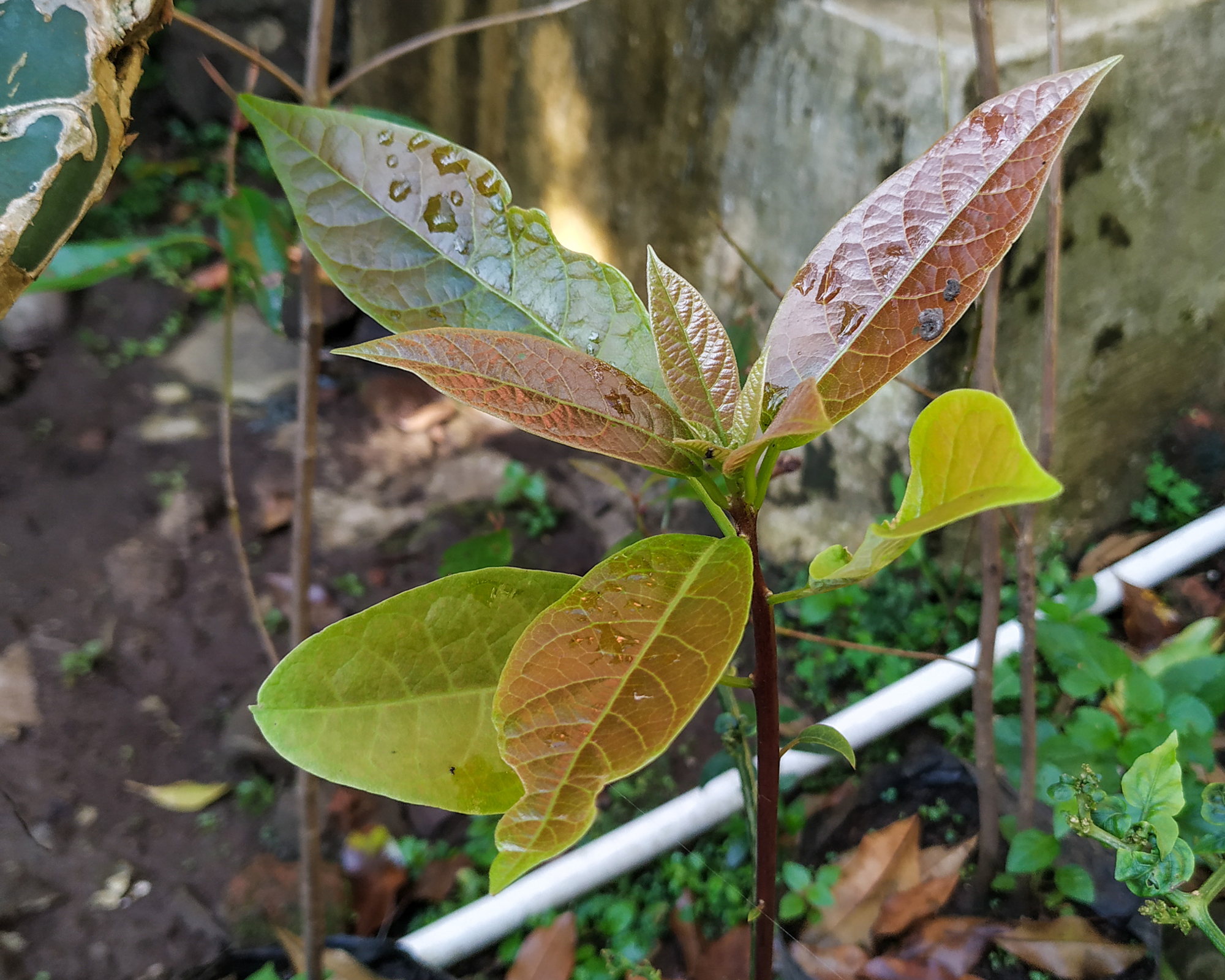This is the easiest way of growing mango trees, according to a gardening expert
Forget about growing mango trees in plastic bags as there's a much easier way. Plus, a trick to guarantee your tree produces tasty mango fruit

If you're looking up growing mango trees in your garden, you are lucky to live in a climate where mangoes will grow. These beautiful fruiting trees need a warm, subtropical climate to thrive in, so think warm, long summers and slightly cooler winters. The great news is that so long as the climate is suitable, mango trees are very easy to grow from seed.
Mango trees will grow very tall – if you let them – and provide shade, structure, and beautiful foliage as part of your garden design ideas. And, of course, they also bear really delicious fruit – providing you perform one very important step while your tree is still a seedling.
Tom Siddons is a professional avocado grower at Sleepy Lizard Avocado Farm, but he also grows a variety of tropical fruits, mango being one of them. In his YouTube mango tree growing tutorial, he shows off magnificent, healthy mango trees all around him. He then explains that you don't have to follow the plastic bag germination method that is often shown in online videos – though you can, of course, if you want to.
Actually, as Tom demonstrates, growing mango tress from seed is so easy you really don't need any plastic bags. You don't even need to prize the seed open from its husk. You could literally throw a whole mango on a bed of good soil (Tom uses an old baking tray with holes drilled into it as a container). That would be a waste of mango flesh, so he cuts it off for eating before chucking what remains of the mango onto the soil. Learning to grow your own has never been easier.

And that's it. In a month's time, in warm weather, the mango will decompose, the seed will take all the nutrients it needs from the decomposing flesh, and it will put a root down into the soil, and send a shoot up. All you're doing is 'allowing mother nature to do her job', simulating the conditions in a forest where mangoes would naturally grow.
The only part of growing mango trees that requires a bit more effort is grafting. As Tom explains, grafting is necessary to ensure 'predictability' in how your tree will bear fruit. If you just allow your seedling to grow as is, 'you might get no fruit, or sometimes get fruit, or the fruit won't taste very nice'. That's because you don't really know what kind of a tree your seed came from, whether it's consistent in producing high-quality fruit or not. Instead, you cut the top off your seedling when it's a little taller, make a small splice in the middle, and insert a cutting from a tree 'whose behavior we like and want to replicate'. This way, you're guaranteeing that when it comes to harvest your fruit, there will be (tasty) fruit on the tree.
Grafting is also used when learning how to grow cherries – find out more in our guide.

How long do mango trees take to grow?
Here's the small reality check: mango trees are fast-growing, but it will take five to six years before any mango tree will bear fruit, so you will need to be patient. The payoff is a beautiful tree that eventually will give you plenty of sweet mangoes.
Head over to our guides on how to grow strawberries and how to grow blueberries for more expert tips on growing fruit in your garden.
Anna writes about interior design and gardening. Her work has appeared in Homes & Gardens, Livingetc, and many other publications. She is an experienced outdoor and indoor gardener and has a passion for growing roses and Japanese maples in her outside space.
